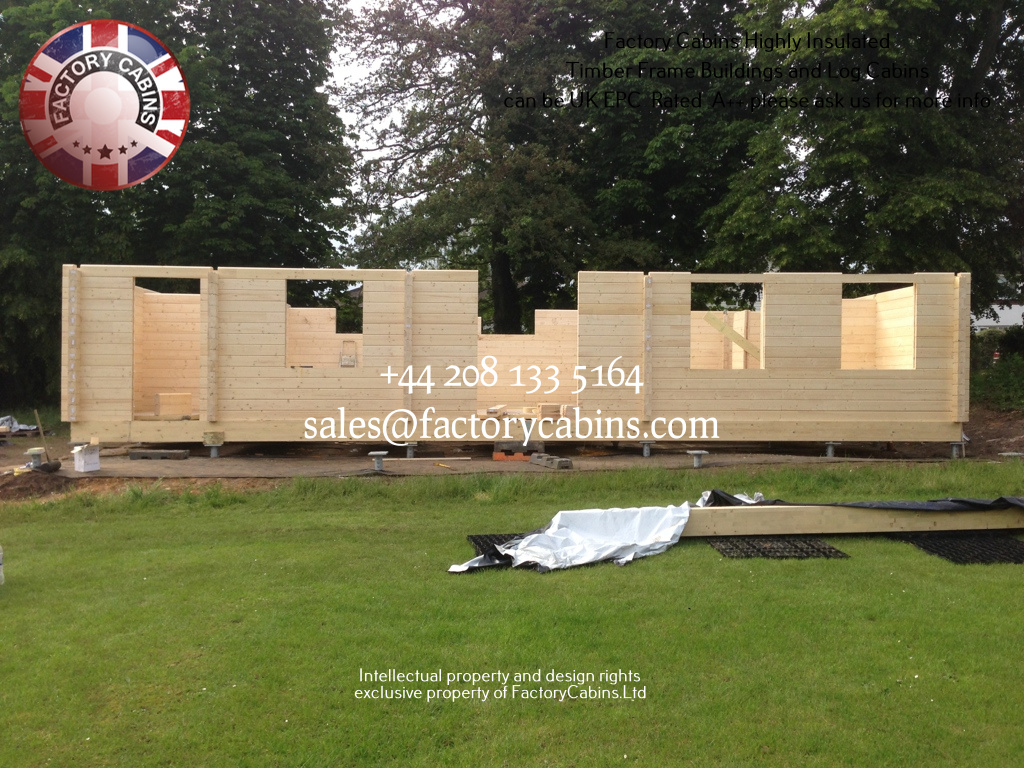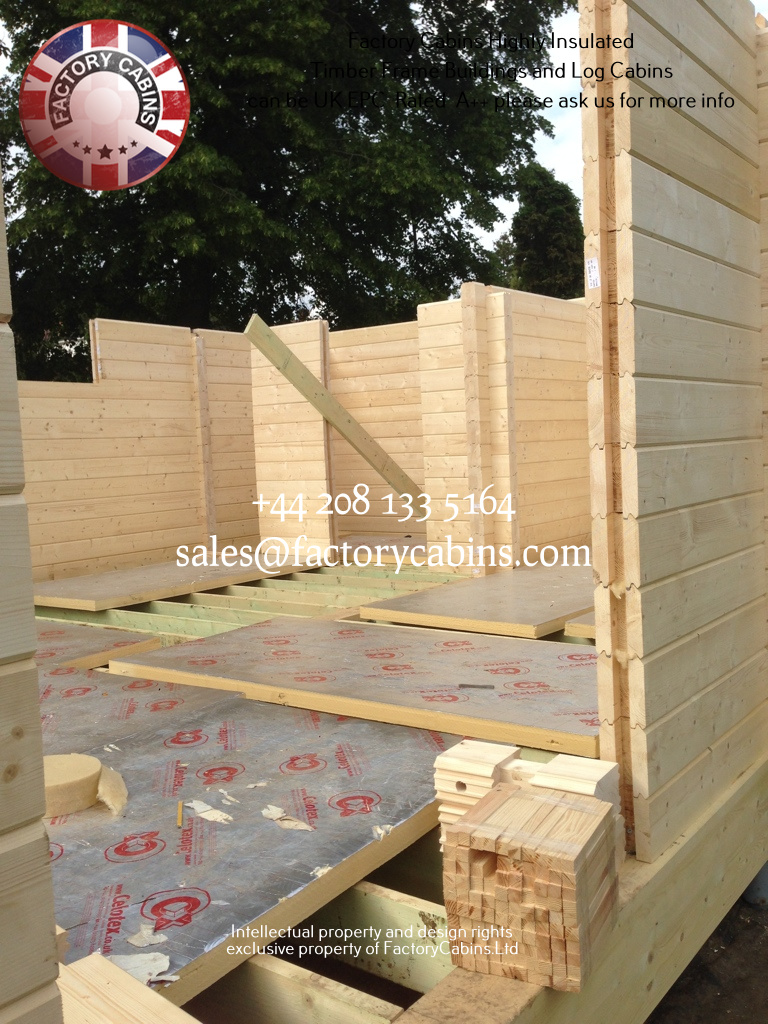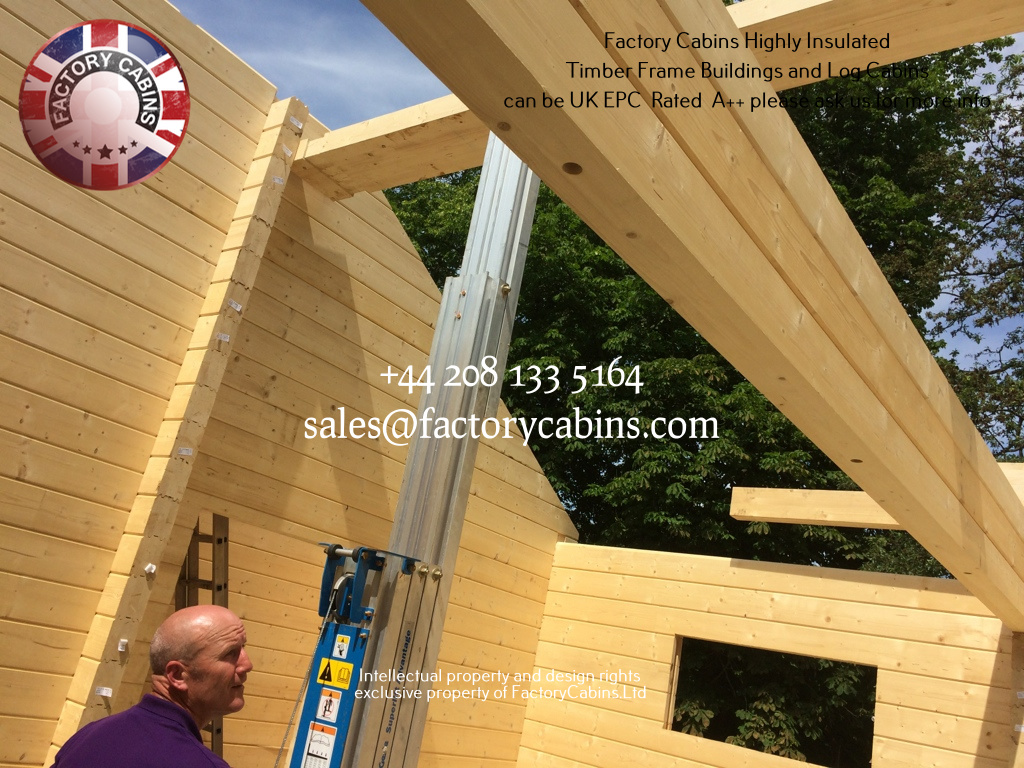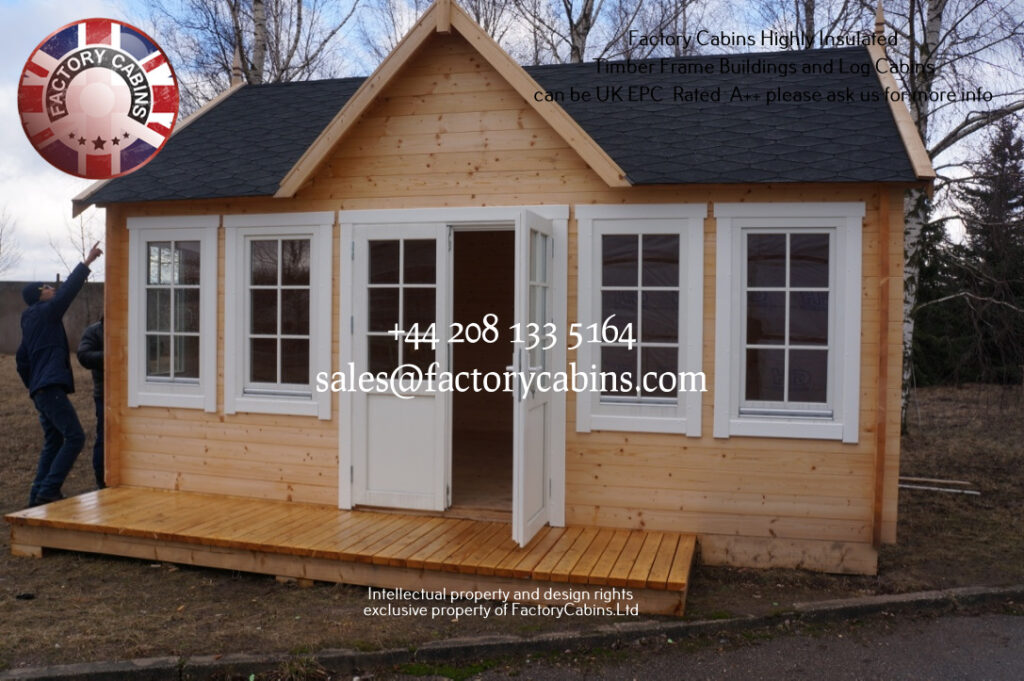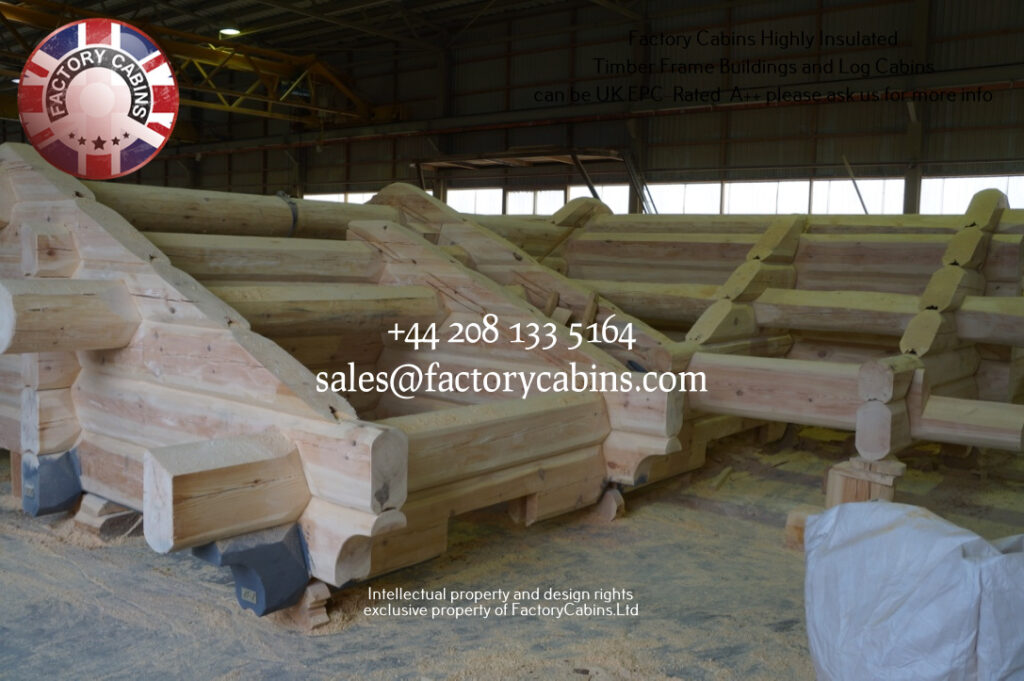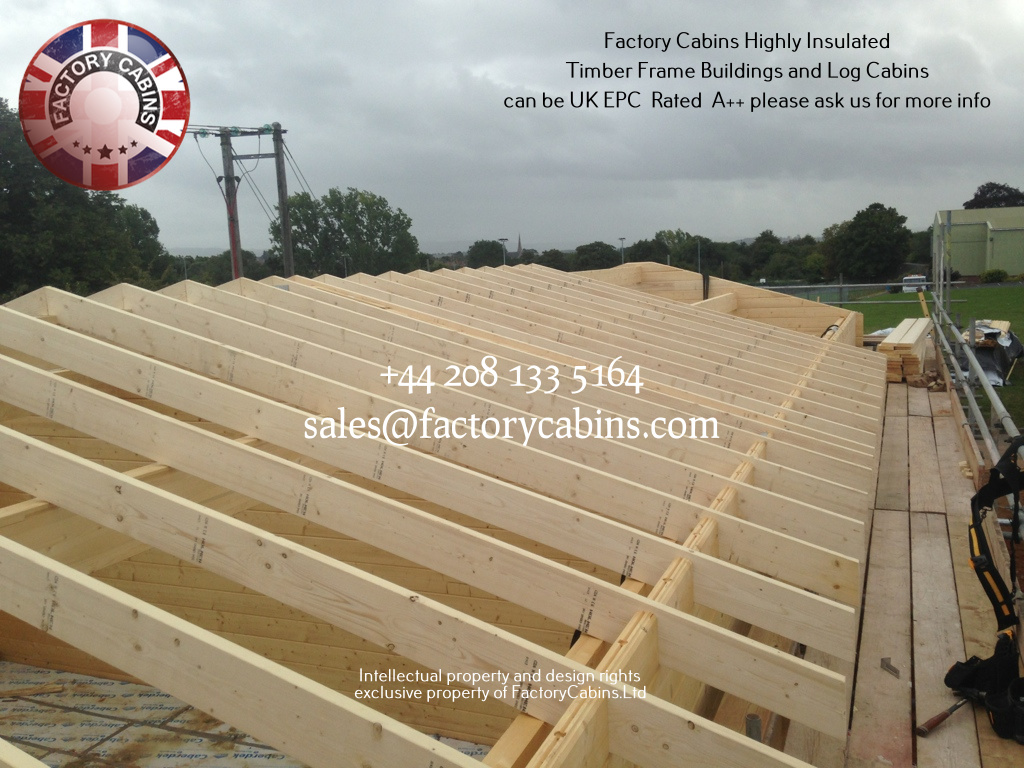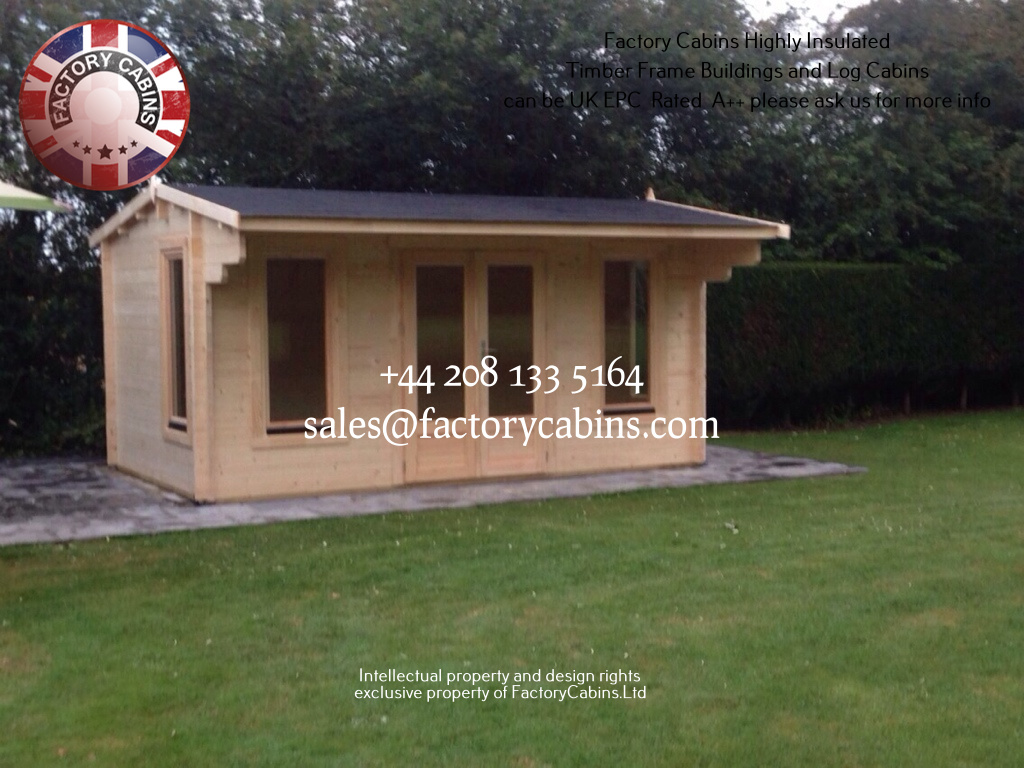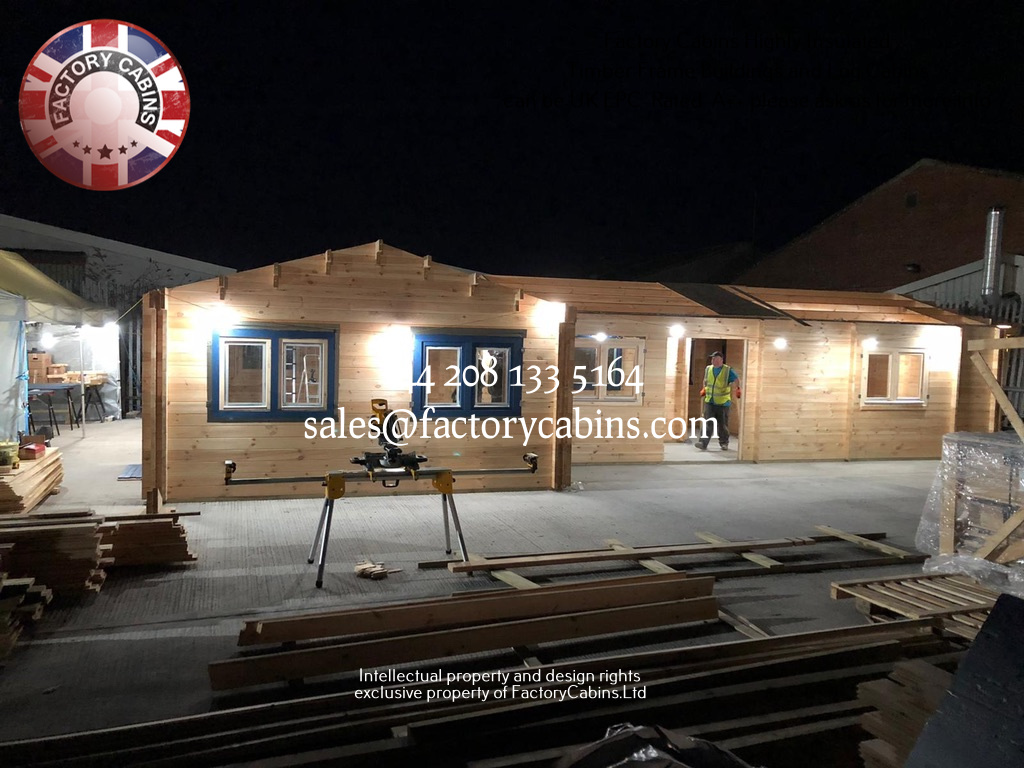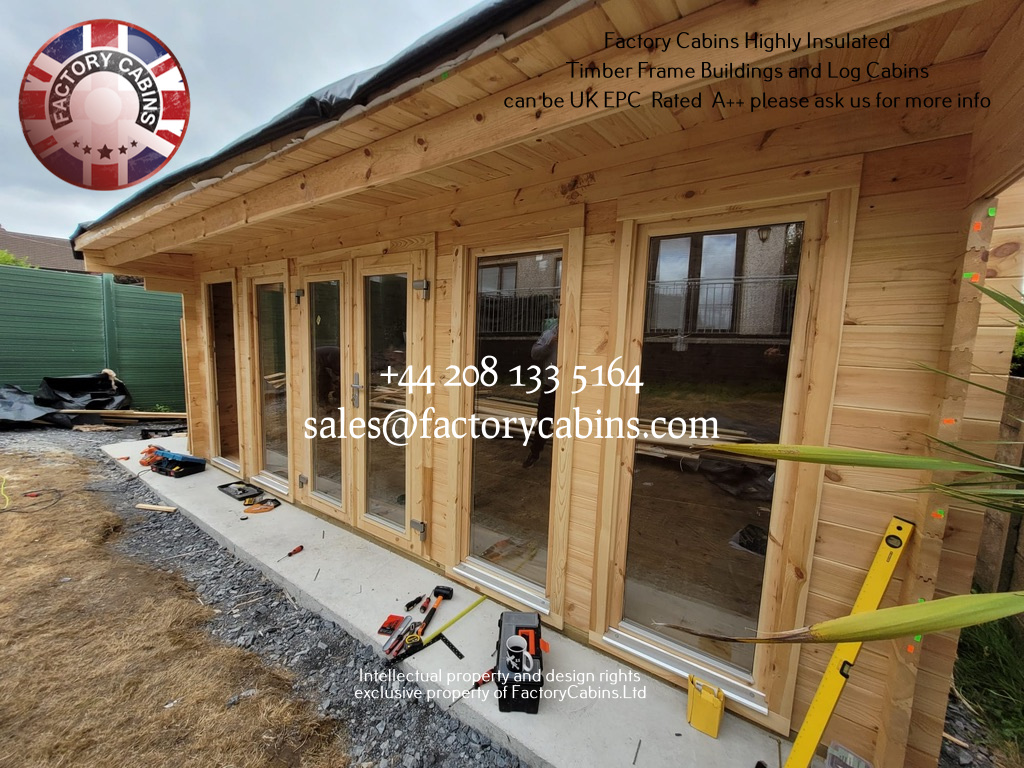Enhance Your Living Space with a Twin Skin Insulated Log Cabin
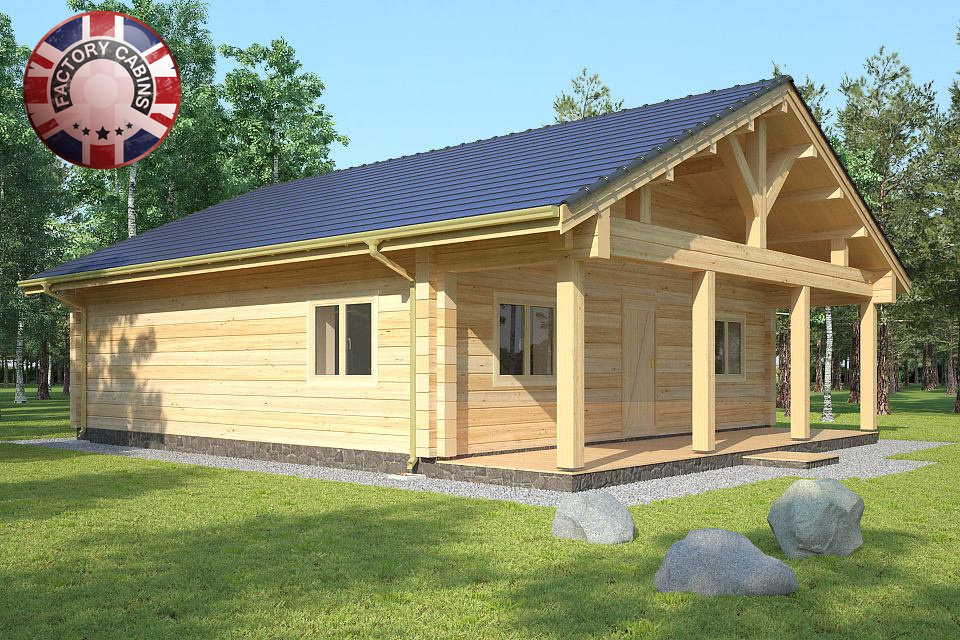
Discover the charm and practicality of twin-skin, insulated log cabins for your living space. Learn about their benefits, construction, and design options to create your ideal retreat.
Introduction: Twin skin insulated log cabins offer a unique blend of rustic charm and modern comfort, making them a popular choice for homeowners seeking to enhance their living spaces.
These cabins provide an inviting environment that seamlessly merges with nature while offering excellent insulation for year-round use. In this comprehensive guide, we will explore the advantages of twin skin insulated log cabins, their construction process, design possibilities, and more.
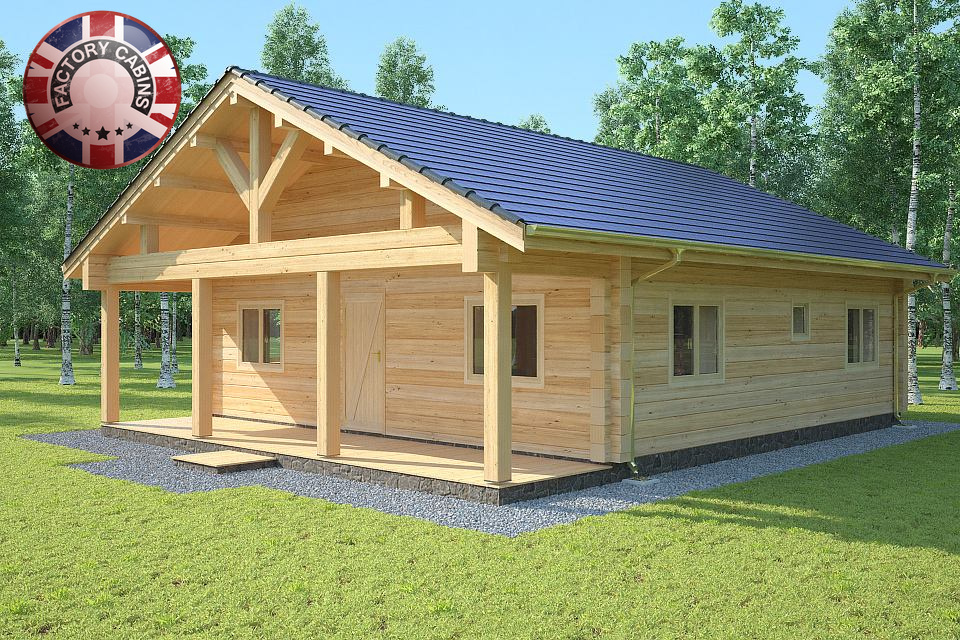
Whether you’re looking for a cosy retreat in the woods or a versatile studio space in your backyard, twin-skin, insulated log cabins could be the perfect solution.
| Table of Content |
|---|
| Advantages of Twin Skin Insulated Log Cabins |
| Construction Process |
| Design Options |
| Maintenance Tips |
| Environmental Benefits |
| Cost Considerations |
| Usage Ideas |
| Popular Manufacturers |
| Customer Reviews |
| FAQs |
Advantages of Twin Skin Insulated Log Cabins

Twin skin insulated log cabins offer several advantages over traditional construction methods. From energy efficiency to aesthetic appeal, here are some key benefits:
Construction Process
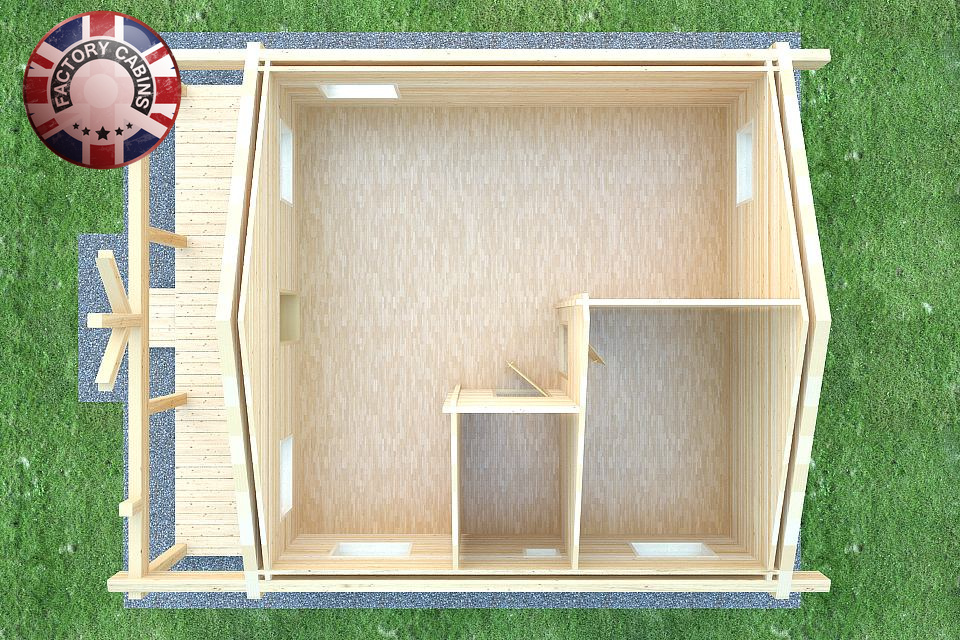
Understanding the construction process is essential when considering a twin skin insulated log cabin for your property. Let’s delve into the steps involved in building these structures:
Design Options

One of the most exciting aspects of twin skin insulated log cabins is the wide range of design options available. From traditional to contemporary, explore the various styles to find the perfect fit for your preferences:
Maintenance Tips

Proper maintenance is crucial to ensuring the longevity and beauty of your twin-skin, insulated log cabin. Here are some essential tips to keep your cabin in top condition:
Environmental Benefits

In addition to their aesthetic and practical advantages, twin skin insulated log cabins offer significant environmental benefits. Discover how these structures contribute to sustainability:
Cost Considerations

When investing in a twin skin insulated log cabin, it’s essential to consider the upfront costs as well as long-term savings. Let’s break down the financial aspects of owning one:
Usage Ideas

The versatility of twin skin insulated log cabins opens up a world of possibilities for their usage. Explore creative ideas for incorporating these cabins into your lifestyle:
Popular Manufacturers

Choosing the right manufacturer is key to ensuring the quality and durability of your twin-skin, insulated log cabin. Here are some reputable companies known for their exceptional products:
Customer Reviews

Reading customer reviews can provide valuable insights into the performance and satisfaction levels of twin skin insulated log cabin owners. Here are some testimonials from happy customers:

FAQ
- Are twin-skin, insulated log cabins suitable for year-round living?
- Yes, with proper insulation and heating systems, these cabins can be comfortably lived in throughout the year.
- How long does it take to construct a twin-skin, insulated log cabin?
- The construction time varies depending on the size and complexity of the cabin, but it typically ranges from a few weeks to a few months.
- Can I customise the design of my twin-skin, insulated log cabin?
- Yes, many manufacturers offer customisation options to tailor the cabin to your specific needs and preferences.
- Do twin skin insulated log cabins require a lot of maintenance?
- While regular maintenance is necessary to preserve the cabin’s integrity, the upkeep is generally minimal compared to other types of structures.
- Are twin skin insulated log cabins eco-friendly?
- Yes, these cabins are often considered eco-friendly due to their use of renewable materials and energy-efficient construction techniques.
So!!

Twin skin insulated log cabins offer a perfect blend of natural beauty and modern convenience, making them an ideal choice for homeowners seeking to enhance their living spaces. From cosy retreats to functional studios, these cabins provide endless possibilities for customisation and enjoyment. By understanding their advantages, construction process, and design options, you can make an informed decision about incorporating a twin skin insulated log cabin into your property. Explore the various manufacturers, read customer reviews, and consider the FAQs to ensure a seamless experience with your new cabin. With proper maintenance and care, your twin-skin, insulated log cabin can become a beloved retreat for years to come.
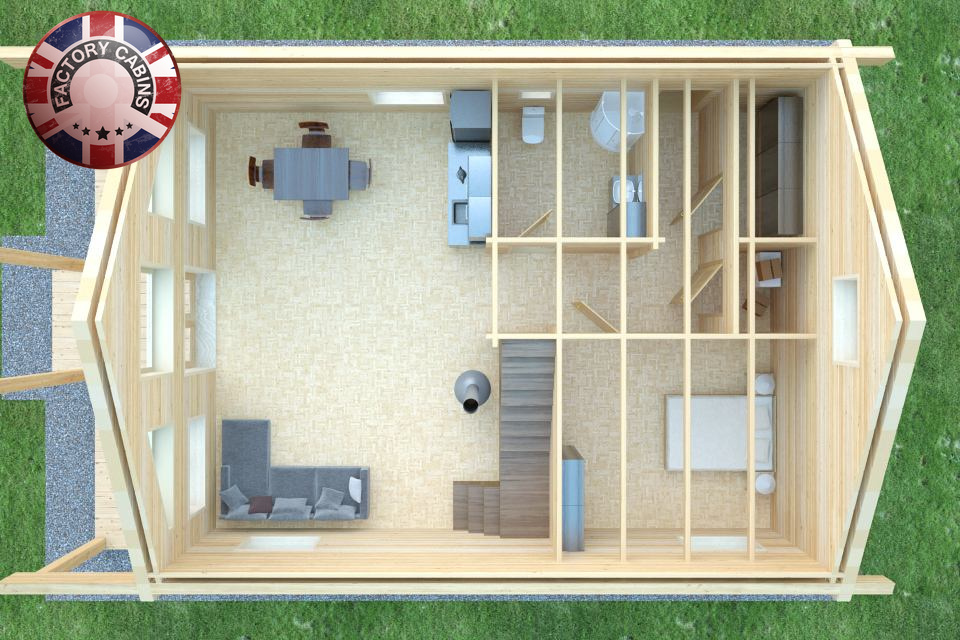
Best Practices for Constructing and Assembling Insulated Log Cabins
Introduction:
Log cabins have a long history and are known for their durability, natural beauty, and timeless appeal. However, recent trends in the construction and assembly of log cabins have raised concerns about the use of external cladding, screwing logs together, and improper insulation practices. This report aims to highlight the importance of following best practices in constructing and assembling log cabins to ensure their structural integrity and longevity.
Importance of Traditional Log Cabin Construction:
Traditional log cabin construction involves interlocking logs without the use of screws or nails. This method allows the logs to shrink naturally over time, which helps maintain the structural strength of the cabin. When logs are screwed together, this natural process is disrupted, leading to potential issues such as loss of structural strength and log movement.
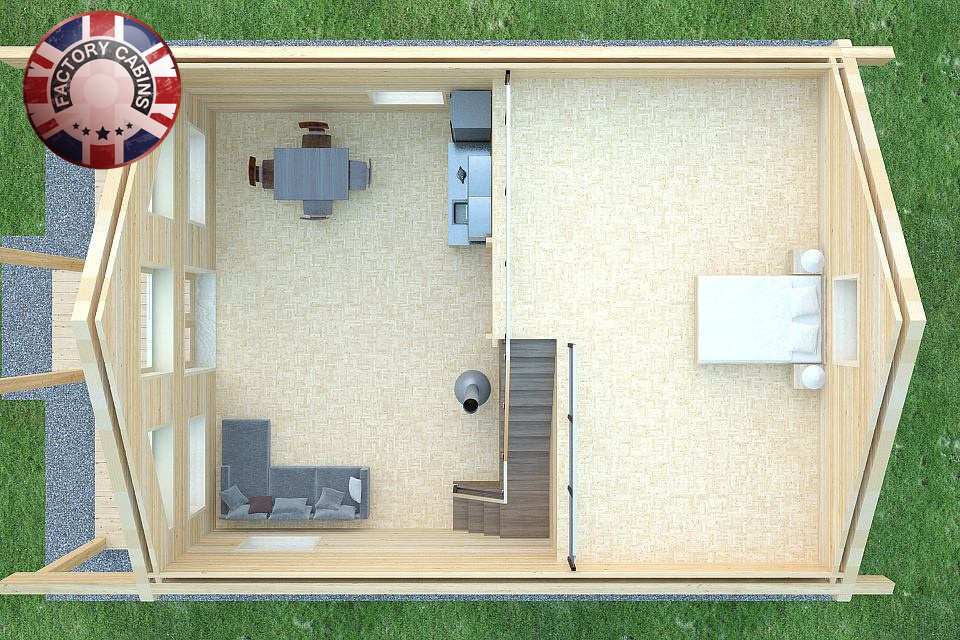
Impact of External Cladding:
External cladding, while commonly used in modern construction practices, is not suitable for log cabins. Adding vertical timber to the exterior of a log cabin and screwing it on can prevent the logs from shrinking properly. As logs naturally shrink over time, failure to allow for this movement can result in structural issues and compromise the overall integrity of the cabin.
Insulation Considerations:
Proper insulation is essential for maintaining a comfortable indoor environment in a log cabin. However, improper insulation practices, such as adding plastic windows and doors, can hinder the natural movement of the logs. It is important to consult with experts to determine the best insulation methods that will not interfere with the natural shrinking process of the logs.
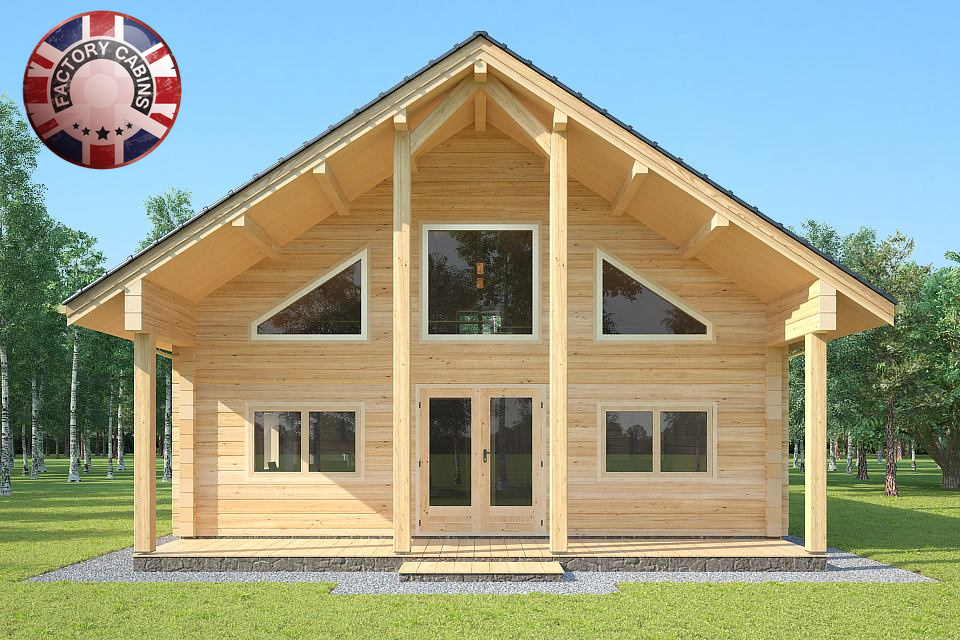
Assembly Practices:
The assembly of a log cabin requires careful attention to detail and adherence to traditional construction methods. Assemblers should be knowledgeable about the unique characteristics of log cabins and follow best practices to ensure the structural integrity of the building. Cutting corners or rushing the assembly process can lead to long-term issues and compromise the quality of the cabin.
Recommendations for Log Cabin Construction:
To ensure the longevity and structural integrity of a log cabin, it is recommended to follow these best practices:
1. Use interlocking logs without screws or nails to allow for natural shrinkage.
2. Avoid external cladding that can impede the movement of the logs.
3. Consult with experts to determine the best insulation methods that do not interfere with log movement.
4. Hire experienced assemblers who are familiar with traditional log cabin construction techniques.
5. Prioritize quality over speed in the assembly process to avoid long-term issues.The construction and assembly of log cabins require careful consideration of traditional building methods and best practices. By following these guidelines and avoiding practices that can compromise the structural integrity of the cabin, owners can ensure that their log cabin remains a durable and beautiful structure for years to come. It is essential to prioritise quality, expertise, and respect for the natural characteristics of the logs in the construction and assembly of log cabins.
If you have any further questions or need additional information, please feel free to reach out to us. +44 208 133 5164
